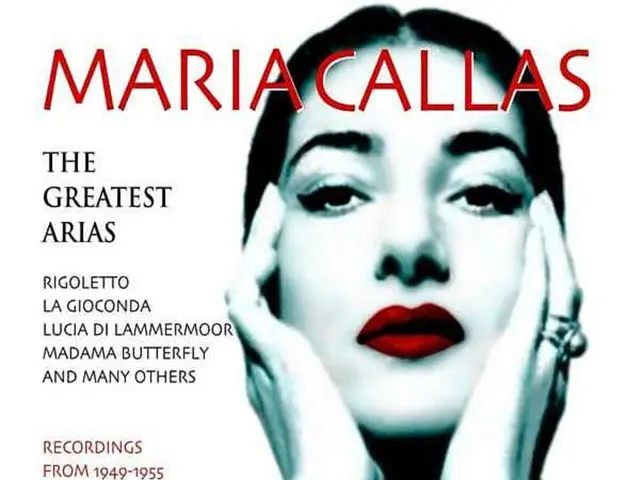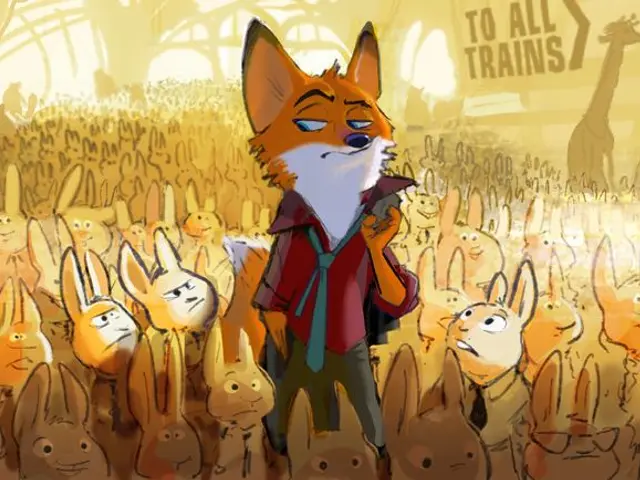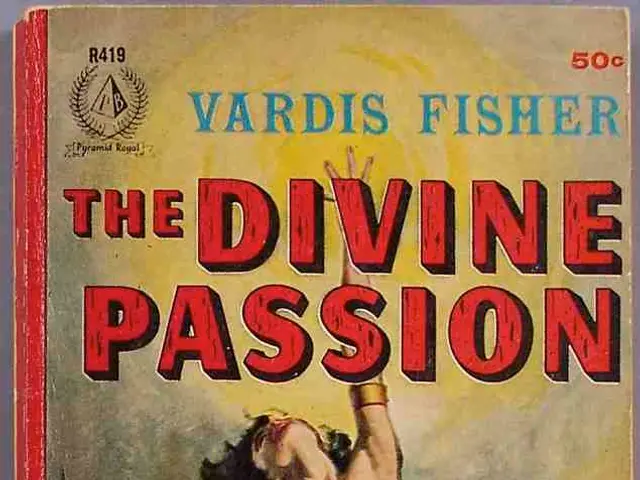Are creative "Golden Eras" significant in our cultural landscape?
Creating art during a medium's non-"golden age" can offer unique opportunities for innovation and experimentation, although it may come with fewer resources, recognition, and established structures compared to creating art during a "golden age."
Benefits of Creating Art During a "Golden Age"
Artists in a "golden age" often benefit from an environment rich in cultural, political, or economic support that fosters artistic production. This was evident in the Spanish Siglo de Oro literature, which flourished with political unification and cultural pride.
A robust tradition and audience that appreciate and sustain artistic innovation also characterise a "golden age." For instance, the mastery of perspective and idealisation in Renaissance art was supported by the rediscovery of classical principles. Access to established networks of patrons, institutions, and critical discourse further enhances the artists’ influence and legacy.
Drawbacks during a "Golden Age"
However, artistic innovation may be constrained by dominant stylistic or ideological norms, limiting radical departures or new forms. Artists often work within highly codified frameworks, as with Gothic art’s strict theological iconography and stylistic rules. Competition can also be intense, making it difficult for individual artists to gain recognition or stand out.
Benefits of Creating Art Outside the "Golden Age"
Artists may experiment freely without strict adherence to a dominant style or ideology when working outside a "golden age," fostering novel ideas and styles that can later redefine the medium. For example, modern art’s embrace of abstraction and new philosophies emerged after the Renaissance.
Less pressure to conform to established norms can encourage personal expression and critical challenges to tradition. However, a lack of widespread recognition, institutional support, or critical infrastructure can limit exposure and financial stability for artists. Audiences might be smaller or less receptive, reducing impact and causing many works to be overlooked or forgotten.
The "Golden Age" and Beyond
Producing "golden age" quality or "golden age"-style things when not in a golden age can attract an audience who are fans of the "golden age" things. For instance, the 1980s-90s is considered the "golden age" for British comics, and creating comics in that style today can appeal to fans of that era.
In summary, the "golden age" offers stability, resources, and prestige but may impose stylistic restrictions, while non-"golden age" periods provide creative freedom but often lack support and recognition. Artists and their works in either period contribute differently to the evolution of their medium.
This article was contributed by Pekoeblaze, an artist and writer who produces drawings and online comics.
Read also:
- "Primal instincts at play: Subnautica 2 designer notes our affinity for weapon-making stems from a fundamental desire for protection and sustenance"
- Dragon Age series might find a promising future with remasters, according to ex-BioWare producer Mark Darrah, but it seems unlikely that EA and BioWare possess the capability for such undertakings at present.
- In Verdansk, the dominance of automated systems in Warzone is causing an integration with Stalker, leading to a blurring of lines in the user's mind.
- Despite the significant success of Clair Obscur: Expedition 33, its director asserts that traditional prejudice towards turn-based RPGs persists, with real-time action games generally receiving smoother acceptance.








